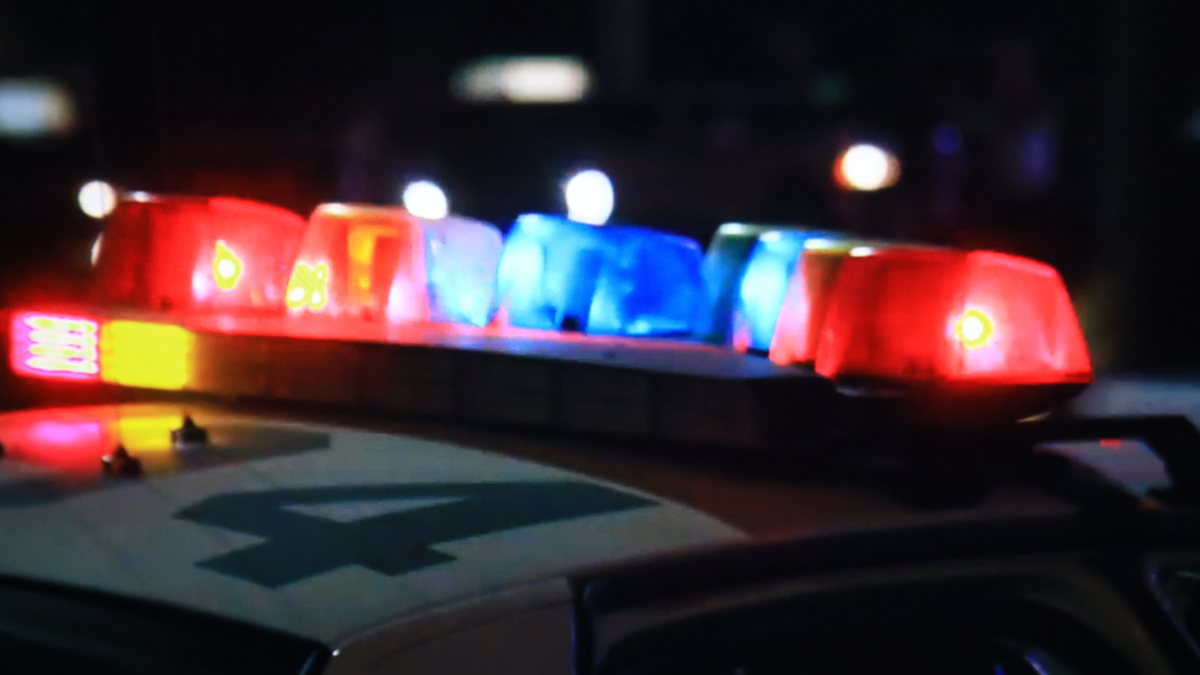Golden Gate Bridge officials have approved a plan for a suicide barrier on the iconic bridge.
The 19-member board unanimously voted to approve funding for the project Friday morning.
In an emotion-filled board meeting, the directors approved spending $20 million for the $76 million project. The rest of the money will be covered by the state and federal government.
Construction on the proposed steel cable net system would is expected to be completed by 2018, with bidding on the job expected to begin next year.
Some people oppose the barrier, saying it will be unsightly, but officials say the barrier will not mar the landmark bridge's appearance.
District general manager Denis Mulligan said the bridge district staff's opinion is that "construction of the suicide deterrent simply is the right thing to do at this time."
The motion for Friday's vote came from board member and former bridge district director John Moylan, whose grandson, Sean Moylan, jumped off the bridge to his death earlier this month.
A tearful Dan Barks of Napa, who lost his son, Donovan, to suicide on the bridge in 2008, said after the vote that he was almost speechless. ``A lot of people have done so much incredible work to get this accomplished,'' he said.
After the vote, he rose from his knees and shared a tearful embrace with Sue Story of Rocklin, whose son Jacob jumped off the bridge in 2010.
``We did it, Dan! We did it! It's no longer the Bridge of Death anymore,'' she said.
Local
More than a dozen family members of those who have taken their lives on the bridge spoke at the meeting, all with the same plea.
“My main thing for being here is to prevent future deaths, prevent future families from going through what we’re going through,” said Manuel Gamboa, whose son Kyle jumped to his death from the bridge last year.
At least some of the money still requires additional approval. The bridge's board, however, has now taken its final step in adopting the net.
The Golden Gate Bridge, with its sweeping views of the Pacific Ocean and San Francisco Bay, has long been a destination for people seeking to end their lives. Since it opened in 1937, more than 1,400 people have plunged to their deaths, including a record 46 suicides last year, officials said.
The bridge's board voted in 2008 to install a stainless steel net, rejecting other options, including raising the 4-foot-high railings and leaving the iconic span unchanged. Two years later, they certified the final environmental impact report for the net, which would stretch about 20 feet wide on each side of the span.
The funding plan includes $22 million of federal Local Highway Bridge Program money programmed by Caltrans, $27 million from federal Surface Transportation Program funds programmed by the Metropolitan Transportation Commission, $7 million from California Mental Health Service Act funds and $20 million from the district's reserves.
The Associated Press and Bay City News contributed to this report.



